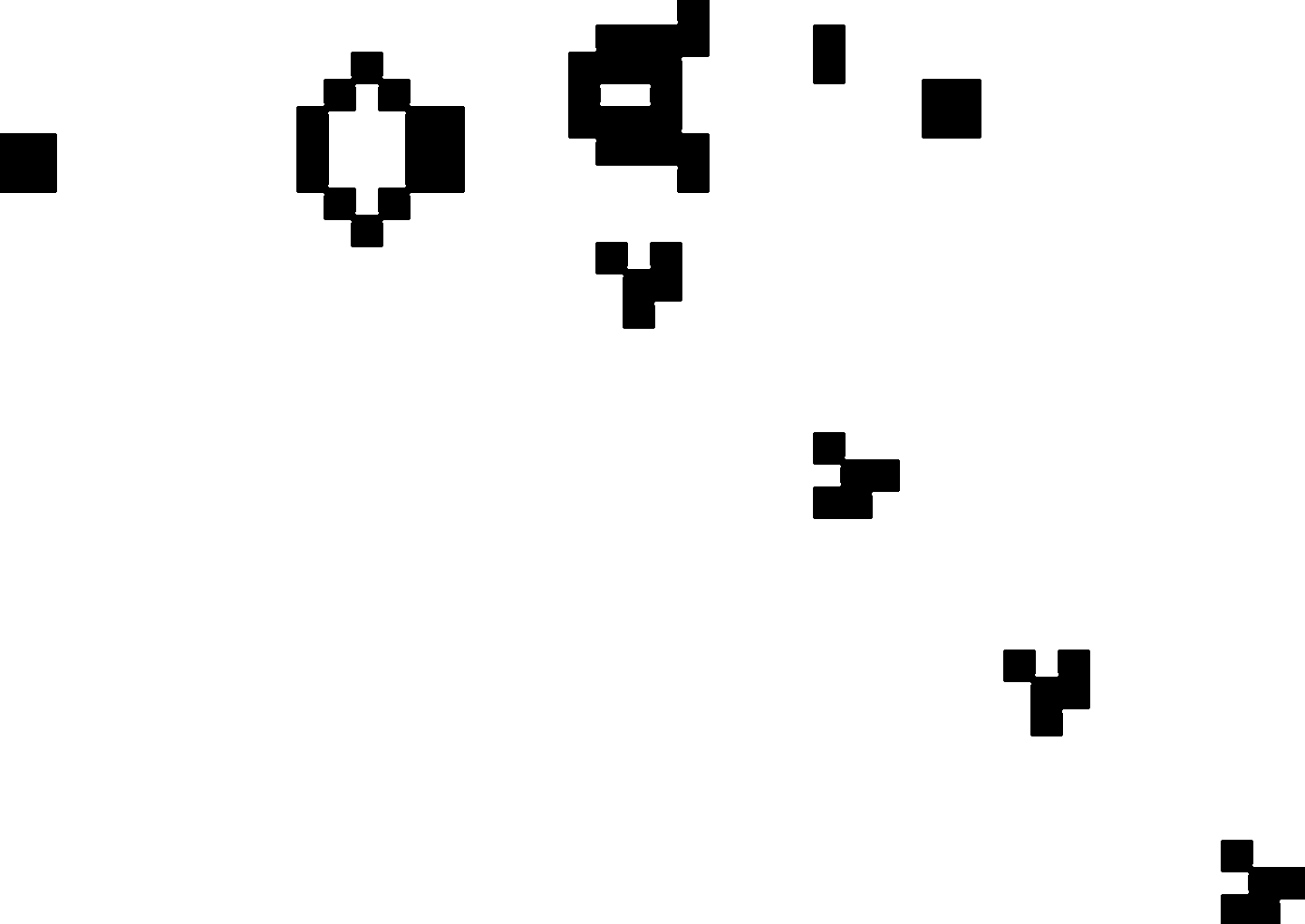Mary S. Morgan, The World in the Model: How Economists Work and Think (Cambridge, UK: Cambridge University Press, 2012), 20–27; Also see Mary S. Morgan and Marcel Boumans, “The Economy as a Hydraulic Machine,” in Models: The Third Dimension of Science, ed. Soraya de Chadarevian and Nick Hopwood (Stanford: Stanford University Press, 2004), 369–401.
Donald A. MacKenzie, An Engine, Not a Camera: How Financial Models Shape Markets, Inside Technology (Cambridge, MA: MIT Press, 2006).
Stephen Benard and Robb Willer, “A Wealth and Status-Based Model of Residential Segregation,” The Journal of Mathematical Sociology 31, no. 2 (March 22, 2007): 149–74; Li Yin, “The Dynamics of Residential Segregation in Buffalo: An Agent-Based Simulation,” Urban Studies 46, no. 13 (December 1, 2009): 2749–70; Ned Rossiter, “Logistical Worlds,” Cultural Studies Review 20, no. 1 (March 19, 2014): 53–76; Anand Sahasranaman and Henrik Jeldtoft Jensen, “Dynamics of Transformation from Segregation to Mixed Wealth Cities,” PLOS ONE 11, no. 11 (November 18, 2016).
In the popular media, this has been discussed for example by Derbyshire et al. Hawking vs. Philosophy (London: Institute of Art and Ideas), accessed March 15, 2017, https://iai.tv/video/hawking-vs-philosophy. and Goldhill “Why Are so Many Smart People Such Idiots about Philosophy?,” Quartz, March 5, 2016, ➝.
Thomas C. Schelling, “Models of Segregation,” The American Economic Review 59, no. 2 (1969): 488–93; “Dynamic Models of Segregation,” Journal of Mathematical Sociology 1, no. 2 (1971): 143–186.
Staffan Björk and Jesper Juul, “Zero-Player Games. Or: What We Talk about When We Talk about Players,” in The Philosophy of Computer Games Conference (Madrid, 2012).
Tim Rogers and Alan J. McKane, A Unified Framework for Schelling’s Model of Segregation, 2011, ➝; Benjamin Reh, Felix Aller, and Katja Mombaur, “A New Continuous Model for Segregation Implemented and Analyzed on Swarm Robots,” in Swarm Intelligence (International Conference on Swarm Intelligence, Springer, Cham, 2016), 28–39.
Soraya de Chadarevian and Nick Hopwood, eds., Models: The Third Dimension of Science (Stanford: Stanford University Press, 2004); MacKenzie, An Engine, Not a Camera; Morgan, The World in the Model.
Micromotives and Macrobehavior (New York: W. W. Norton, 1978), 166.
Micromotives and Macrobehavior, 155–66.
Sherrilyn Ifill, On the Courthouse Lawn: Confronting the Legacy of Lynching in the Twenty-First Century, 1 edition (Boston: Beacon Press, 2007); Amy Louise Wood, Lynching and Spectacle: Witnessing Racial Violence in America, 1890-1940, 1 edition (Chapel Hill: The University of North Carolina Press, 2011).
Yves Zenou and Nicolas Boccard, “Racial Discrimination and Redlining in Cities,” Journal of Urban Economics 48, no. 2 (September 1, 2000): 260–85; Laxmi Ramasubramanian, Geographic Information Science and Public Participation (Berlin: Springer-Verlag, 2008), ➝; Katharyne Mitchell and Sarah Elwood, “From Redlining to Benevolent Societies: The Emancipatory Power of Spatial Thinking,” Theory & Research in Social Education 40, no. 2 (April 1, 2012): 134–63.
Austin Berg, “How Government Paved the Way for Chicago’s Segregated Poverty,” May 25, 2016, ➝.
Derald Wing Sue, Microaggressions in Everyday Life: Race, Gender, and Sexual Orientation (Chichester, UK: John Wiley & Sons, 2010); Gloria Wong et al., “The What, the Why, and the How: A Review of Racial Microaggressions Research in Psychology,” Race and Social Problems 6, no. 2 (June 1, 2014): 181–200.
On marginal spaces in the city, see Ajay M. Garde, “Marginal Spaces in the Urban Landscape: Regulated Margins or Incidental Open Spaces?,” Journal of Planning Education and Research 18, no. 3 (March 1999): 200–210. On the production of nature in relation to the urban, see Neil Smith, Uneven Development: Nature, Capital and the Production of Space (Athens, USA: The University of Georgia Press, 2008).
This occurs because agent “happiness” depends on the percent of its neighbors who are the same kind as itself. So agents can be happy in small groups surrounded by empty squares, but on a full board there aren’t enough empty squares to surround each group, so those who are closest to the opposite color (i.e. in the margins between groups) have incentives to cluster in one large group, which reduces their exposure to the other group.
Depending on the initial configuration of the board, if the agents have the maximum preference for homogeneity (100%) and the board is either very empty or very full, then the board may never resolve into a stable pattern. This is because there simply aren’t enough empty squares, and too many agents on both sides are looking to move with each turn. The agents don’t think ahead to future turns, so what happens is that they move unendingly because they cannot find any squares where they are happy.
John Marzluff et al., eds., Urban Ecology: An International Perspective on the Interaction Between Humans and Nature (New York: Springer, 2008); Smith, Uneven Development: Nature, Capital and the Production of Space; Jens Lachmund, Greening Berlin: The Co-Production of Science, Politics, and Urban Nature (Cambridge, Mass: The MIT Press, 2013), 201.
This is not a haphazard association of emptiness with nature and also with particular groups in society. Many groups, including women and/or people of color, were long considered more “natural” in a denigratory fashion designed to suggest that they could not have independent reason or preferences.
J .K. Gibson-Graham, A Postcapitalist Politics (Minneapolis: University of Minnesota Press, 2006); J. K. Gibson-Graham, The End of Capitalism (As We Knew It): A Feminist Critique of Political Economy (Oxford, UK: Blackwell Publishers, 1996); Marianna E. Pavlovskaya, “Other Transitions: Multiple Economies of Moscow Households in the 1990s,” Annals of the Association of American Geographers 94, no. 2 (2004): 329–51.
MacKenzie, An Engine, Not a Camera; Evelyn Ruppert, “Not Just Another Database: The Transactions That Enact Young Offenders,” Computational Culture, no. 3 (November 16, 2013): 1–13.
Architecture and Representation is a collaboration between Het Nieuwe Instituut, The Berlage, and e-flux Architecture.
